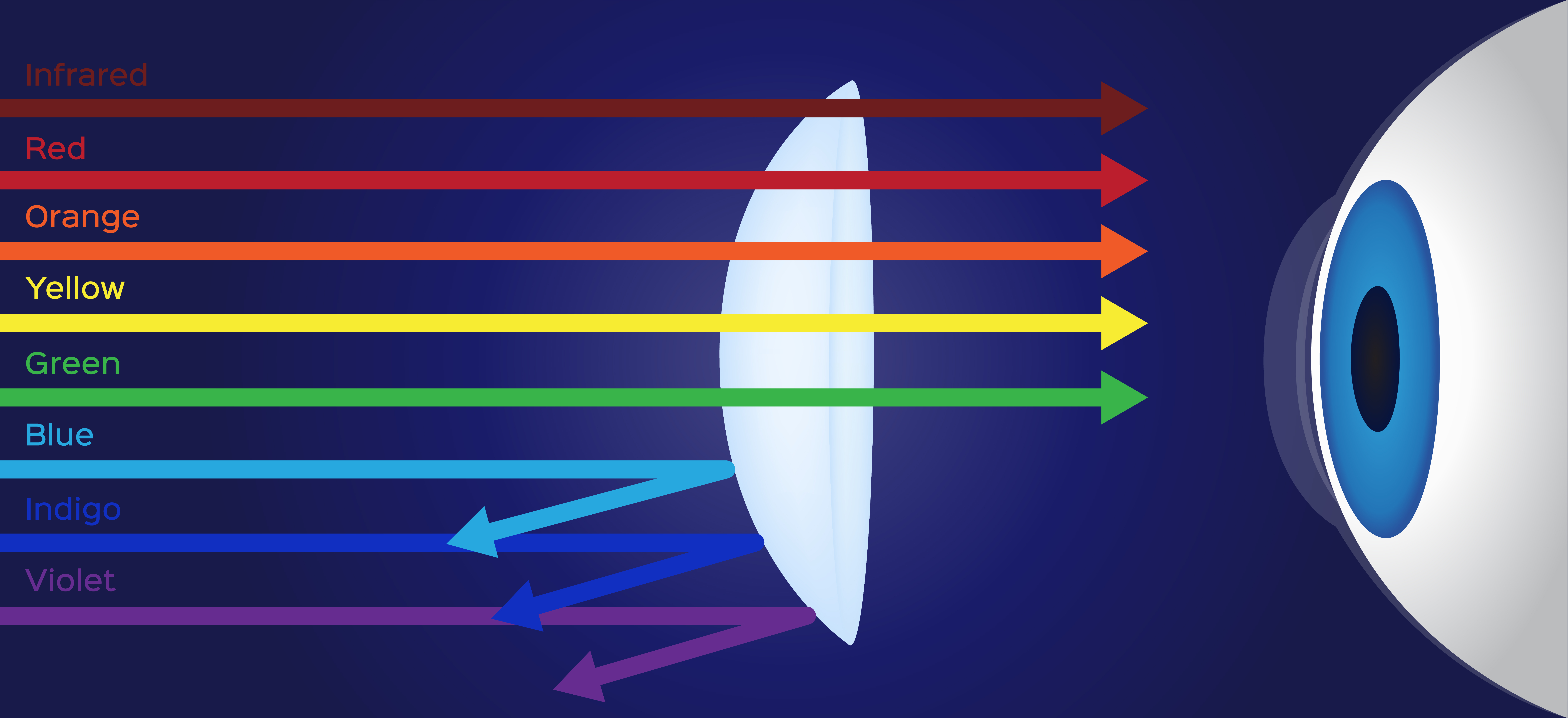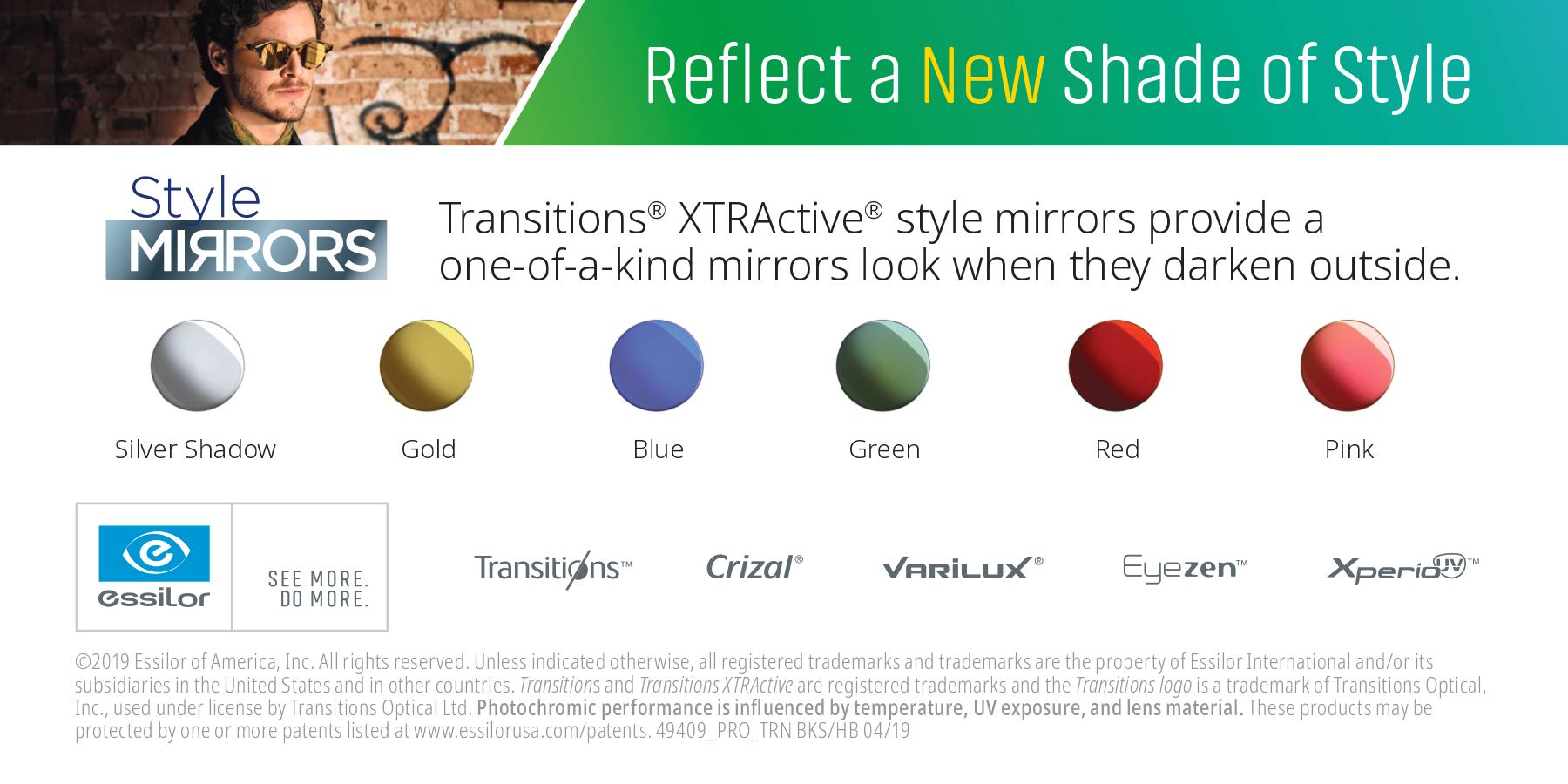Blog
How to Transition to Multifocal Lenses with Ease
Top Sunglass Trends for the Year: Stay Stylish and ProtectedTransitioning to multifocal lenses can feel daunting for many people, especially if they’re accustomed to wearing single-vision glasses. However, multifocal lenses offer the convenience of correcting vision at multiple distances—near, intermediate, and far—making them a practical choice for those experiencing presbyopia or other age-related vision changes. This guide will help you understand multifocal lenses, prepare for the transition, and provide tips for making the adjustment as smooth as possible.
Understanding Multifocal Lenses

Multifocal lenses are designed to provide clear vision at various distances, eliminating the need for multiple pairs of glasses. Here are the main types of multifocal lenses:
1. Progressive Lenses
Progressive lenses offer a gradual transition between different lens powers without visible lines. They provide a seamless visual experience, allowing for clear vision at all distances.
2. Bifocal Lenses
Bifocal lenses have two distinct optical powers: one for distance and another for near vision, separated by a visible line. They are effective but can be less aesthetically pleasing than progressive lenses.
3. Trifocal Lenses
Trifocal lenses include three distinct sections for distance, intermediate, and near vision, with two visible lines separating the segments. These lenses are useful for tasks requiring clear vision at various distances.
Benefits of Multifocal Lenses
- Convenience: No need to switch between different pairs of glasses for different activities.
- Natural Vision: Progressive lenses offer a more natural visual experience, allowing your eyes to transition smoothly between distances.
- Aesthetic Appeal: Multifocal lenses look like regular single-vision lenses, making them more discreet than bifocals or trifocals.
Preparing for the Transition
1. Get an Updated Prescription
Before making the switch, ensure you have an up-to-date prescription from your optometrist. Your eye care professional will assess your vision needs and recommend the best type of multifocal lens for you.
2. Choose the Right Frames
Selecting the right frames is essential for the effectiveness of your multifocal lenses:
- Frame Size: Choose frames that are wide enough to accommodate the lens design. Larger frames often provide a better field of vision.
- Comfortable Fit: Ensure the frames fit well on your nose and ears. A comfortable fit is crucial, as you’ll be wearing them for extended periods.
3. Discuss Lens Options
There are several multifocal lens options available, each catering to different visual needs. Discuss with your optician which type will work best for your lifestyle. Some lenses are designed specifically for activities like computer work or reading.
Making the Transition

1. Allow Time for Adjustment
Transitioning to multifocal lenses can take time. It’s normal to experience some initial discomfort, such as:
- Distorted Vision: You may notice some distortion at the edges of your lenses.
- Depth Perception Issues: Adjusting to the varying lens powers can temporarily affect your depth perception.
2. Start Slowly
If you’re new to multifocal lenses, start by wearing them for shorter periods each day. Gradually increase the duration as you become more comfortable. This approach can help reduce feelings of disorientation.
3. Practice Head Movements
When wearing multifocal lenses, it’s essential to use your eyes and head together:
- Look through the Correct Zone: For distance vision, look through the top part of the lenses. For near tasks like reading, look through the bottom part.
- Move Your Head: Instead of just moving your eyes, turn your head to focus on objects at varying distances. This practice helps you find the right focal area more easily.
Tips for a Smooth Transition
1. Be Patient
Adjusting to multifocal lenses can take several days to weeks. Be patient with yourself and give your eyes time to adapt. It’s crucial to remain positive during this adjustment period.
2. Follow Up with Your Optometrist
After a few weeks of wearing your multifocal lenses, schedule a follow-up appointment with your optometrist. They can make necessary adjustments to your prescription or fit, ensuring you have the best experience possible.
3. Use Proper Lighting
Good lighting can significantly enhance your vision comfort. Ensure that your reading and working areas are well-lit to reduce eye strain. Avoid harsh, direct lighting that can create glare on your lenses.
4. Keep Your Glasses Clean
Dirty lenses can obscure your vision and make it harder to adjust. Regularly clean your lenses with a microfiber cloth and lens cleaner to maintain clarity.
5. Manage Expectations
Understand that it may take time to get used to your new lenses. If you experience ongoing discomfort or vision issues, consult your optometrist for advice. They can provide insights and adjustments to help with your transition.
Activities to Ease the Transition
Incorporating certain activities can help make the transition smoother:
1. Reading and Close Work
Practice reading with your multifocal lenses. Focus on different distances, like reading a book and then looking up to see across the room. This exercise can help your eyes adjust to switching focal points.
2. Watch TV or Use a Computer
Spend some time watching TV or using a computer while wearing your multifocal lenses. This exposure can help you get accustomed to the intermediate distance, which is often a challenge for new wearers.
3. Engage in Outdoor Activities
If you enjoy outdoor activities, wear your multifocal lenses while walking or exercising. This experience will help you get used to focusing on distant objects while still having the option for nearby tasks.
Troubleshooting Common Issues
As you adjust to multifocal lenses, you may encounter some common issues:
1. Blurriness
If you experience blurriness, ensure you’re looking through the correct part of the lens for the task at hand. Adjust your head position and practice finding the right focal point.
2. Discomfort
If your glasses cause discomfort, check the fit. Poorly fitting frames can lead to headaches and irritation. Consult your optometrist for adjustments.
3. Difficulty with Depth Perception
Adjusting to depth perception changes can take time. Practice focusing on objects at different distances and give yourself time to adapt.
When to Seek Professional Help
If you continue to experience discomfort or vision issues after a few weeks of wearing multifocal lenses, consult your eye care professional. Signs that you should seek help include:
- Persistent Discomfort: Ongoing headaches or eye strain that doesn’t improve with time.
- Changes in Vision: Sudden changes in your vision that affect your ability to see clearly.
- Difficulty Adjusting: If you find it especially challenging to adapt, your optometrist may recommend different lens options or adjustments to your prescription.
Conclusion
Transitioning to multifocal lenses doesn’t have to be a challenging experience. By understanding your lenses, preparing properly, and allowing time for adjustment, you can enjoy the benefits of clear vision at all distances. Be patient with yourself during this transition, and don’t hesitate to reach out to your optometrist with any concerns or questions.
With the right mindset and strategies, you’ll soon find that multifocal lenses enhance your daily activities, allowing you to see the world more clearly and comfortably. Embrace the change, and enjoy the freedom that comes with multifocal vision!


